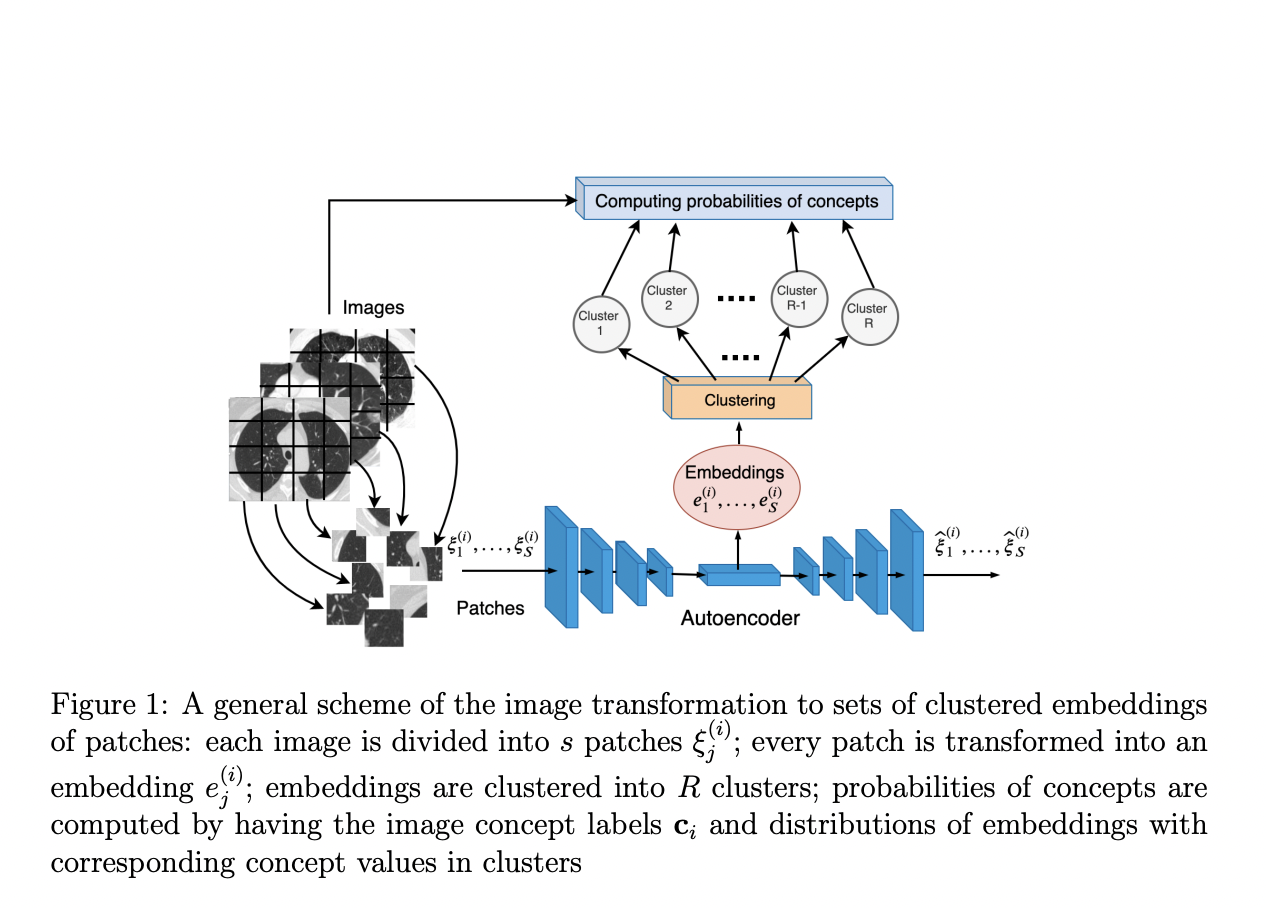
Concept-Based Learning in Machine Learning
Concept-based learning (CBL) in machine learning emphasizes using high-level concepts from raw features for predictions, enhancing model interpretability and efficiency. A prominent type, the concept-based bottleneck model (CBM), compresses input features into a low-dimensional space to capture essential data while discarding non-essential information. This process enhances explainability in tasks like image and speech recognition.
Practical Solutions and Value
CBL models, including CBMs, use high-level concepts for interpretable predictions. These models span various applications, from image recognition to tabular data analysis, and are pivotal in medicine. CBMs feature a two-module structure that separates the learning of concepts and their impact on the target variable. Innovations like concept embedding models and probabilistic CBMs have enhanced their interpretability and accuracy.
Frequentist Inference CBL (FI-CBL)
Great St. Petersburg Polytechnic University researchers have pioneered an approach to CBL known as Frequentist Inference CBL (FI-CBL). This method involves segmenting concept-labeled images into patches and encoding them into embeddings using an autoencoder. These embeddings are then clustered to identify groups corresponding to specific concepts. FI-CBL determines concept probabilities for new images by analyzing the frequency of patches associated with each concept value.
Transparency, Interpretability, and Efficacy
FI-CBL stands out for its transparency, interpretability, and efficacy, particularly in scenarios with limited training data. Additionally, integrating expert knowledge into machine learning, particularly through logic rules, has garnered significant interest, with methods ranging from constraints in loss functions to mapping rules to neural network components.
Integrating Expert Rules into FI-CBL
Incorporating expert rules into the FI-CBL profoundly influences the probabilistic model by adjusting the concepts’ prior and conditional probabilities. By integrating logical expressions provided by experts, such as “IF Contour is
Enhancing Diagnostic Accuracy and Interpretability
Integrating expert rules empowers FI-CBL to blend domain expertise with statistical modeling effectively, advancing reliability and insightfulness in medical diagnostics.
Advantages of FI-CBL
The FI-CBL offers significant advantages over neural network-based CBMs in certain scenarios. FI-CBL is characterized by its transparency and interpretability, providing a clear sequence of calculations and explicit probabilistic interpretations of all model outputs. It demonstrates superior performance with small training datasets, leveraging robust statistical methods to enhance classification accuracy.
Flexibility and Effectiveness
Despite challenges in scenarios with varied concept sizes, FI-CBL’s flexibility in architecture adjustments and ability to integrate expert rules make it a promising approach for enhancing interpretability and performance in machine learning tasks.
AI Solutions for Your Business
If you want to evolve your company with AI, stay competitive, and use FI-CBL for your advantage. Discover how AI can redefine your way of work, redefine your sales processes, and customer engagement.
AI Implementation Process
Identify Automation Opportunities, Define KPIs, Select an AI Solution, and Implement Gradually. For AI KPI management advice and continuous insights into leveraging AI, stay tuned with us.

























